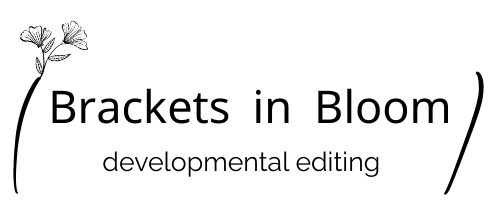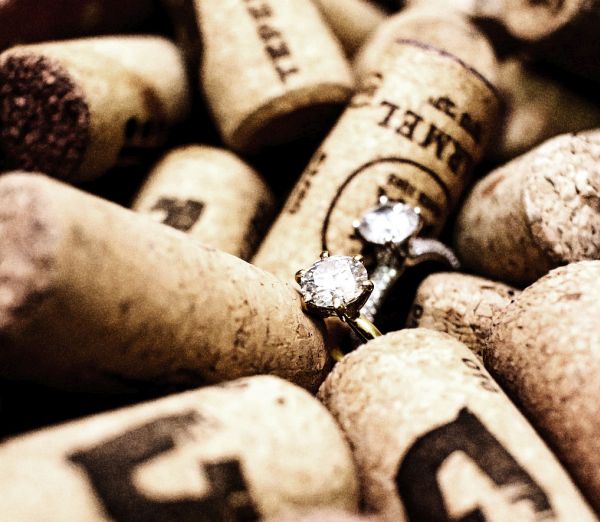A first draft is a block of stone: raw, full of promise, and not yet formed. Inside, fragments of ideas, tangled emotions, and messy thoughts lie like pieces of a puzzle you’re unsure will ever fit together. Editing is that process, quietly carving away the excess and revealing what had always been there beneath the surface.
The Art of Listening
Developmental editing isn’t about cleaning up grammar or fixing awkward sentences. It’s about deep listening. Each story has its own rhythm, a pulse. An editor listens for that, tuning into the voice of the characters, the pacing of the plot, the weight of each word. The goal is to respect the unique cadence in the narrative and guide it, like a conductor shaping a symphony.
To do this well, we must connect with the writer’s intent, not just the words on the page. It’s about sensing what’s unsaid as much as what’s written, catching the heartbeat of the story and making sure it resonates clearly for the reader.
Polishing the Rough Stone
Once the editor understands the essence, the real work begins. We smooth awkward corners, unravel tangled threads, make sure the flow is seamless. But it’s more than just fixing things. It’s about knowing when to push for change and when to let a sentence breathe as it is, because sometimes a rough edge adds to the beauty. The trick is knowing the difference.
This phase isn’t about stripping a story of its uniqueness but about enhancing it. The editor’s eye brings clarity to the muddle and reveals what makes the story shine while cutting away anything that dulls its impact.
Shaping Characters
Characters breathe life into any story. Their journey pulls the reader in, it makes the narrative pulse with life. As editors, we want each character to feel real, their motivations to be clear, and their growth believable. We look at the relationships, and make sure the dialogue is sharp, the connections authentic. Good characters make a story feel alive, and our job is to keep that life moving in the right direction.
The Final Touch
As the draft edges toward completion, we turn our attention to balance. Now the editor must keep the writer’s voice intact and at the same time ensure that the structure remains strong. Here, every word counts. Sentences are shaped, rhythms flow, and metaphors are crafted until they shine with their own light. The story should feel complete—timeless, but alive.
Appreciating the Process
Editing is a partnership. It’s the writer’s vision, shaped and guided by the editor’s skill. Together, they refine the draft, and hone it until it gleams. The process isn’t easy, but it’s deeply rewarding. Each story that emerges from this collaboration becomes a testament to the power of this partnership—one draft at a time, one gem at a time.
So, when you look at that first messy draft, remember: something inside that stone waits to shine. Together, we will uncover it, piece by piece, with careful hands.

